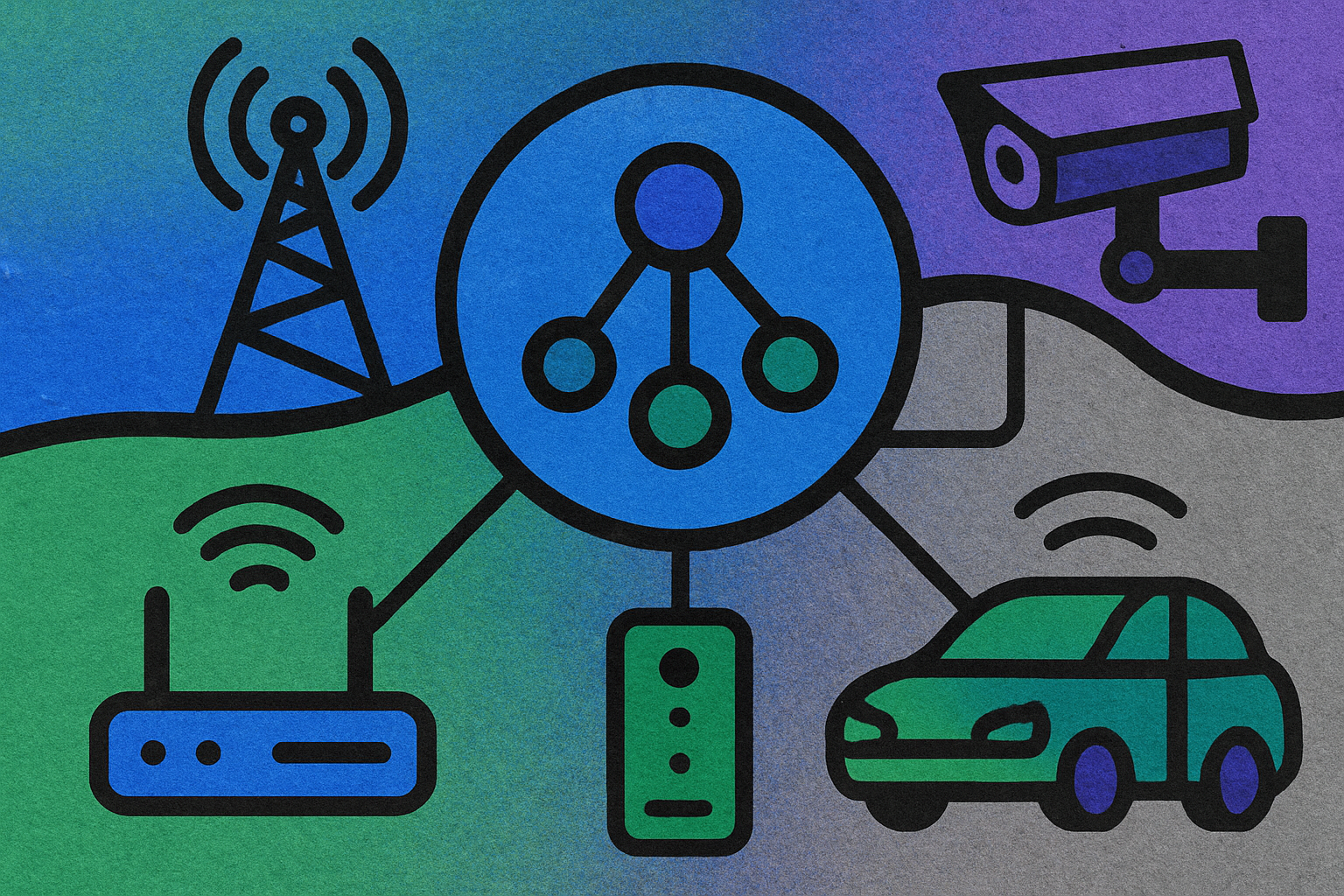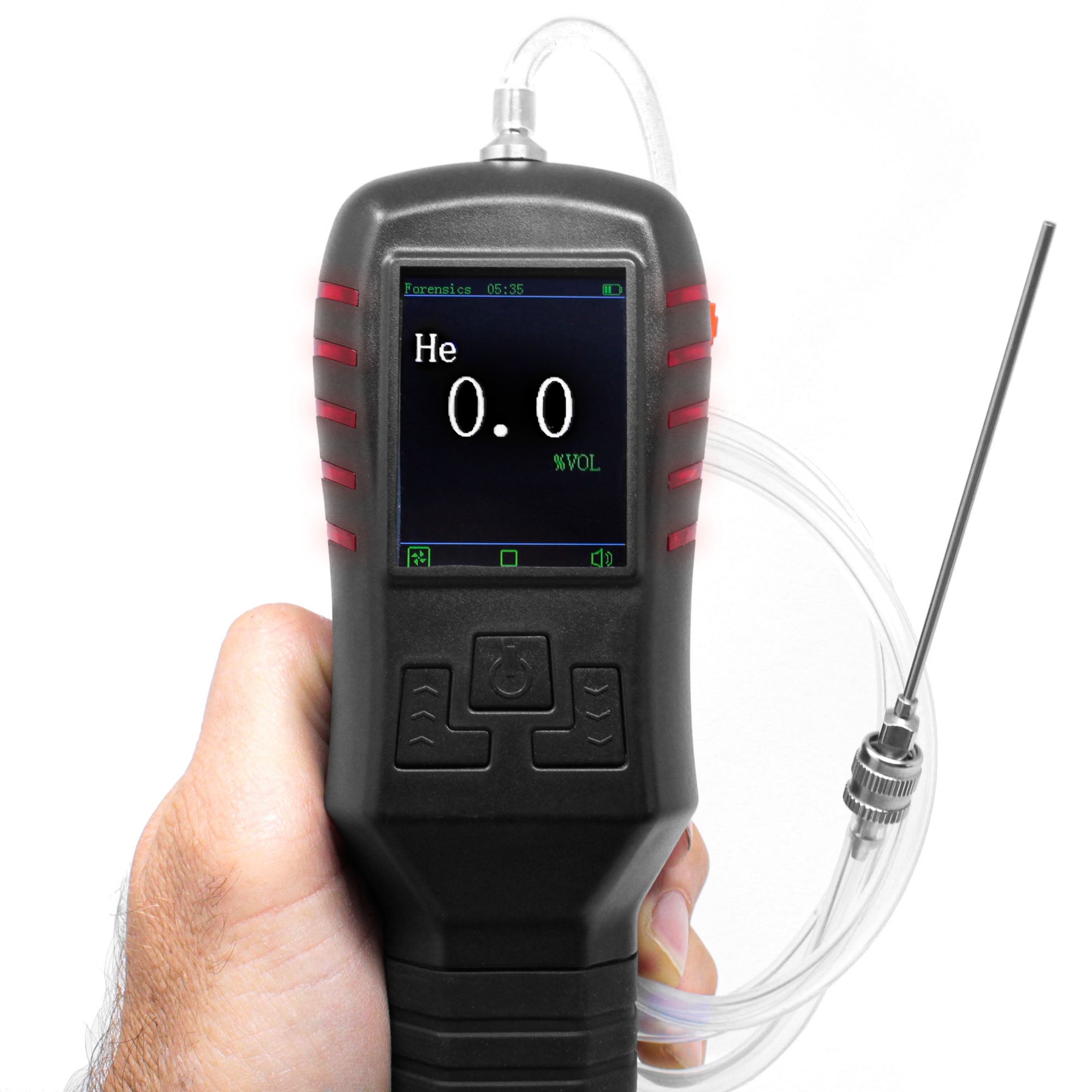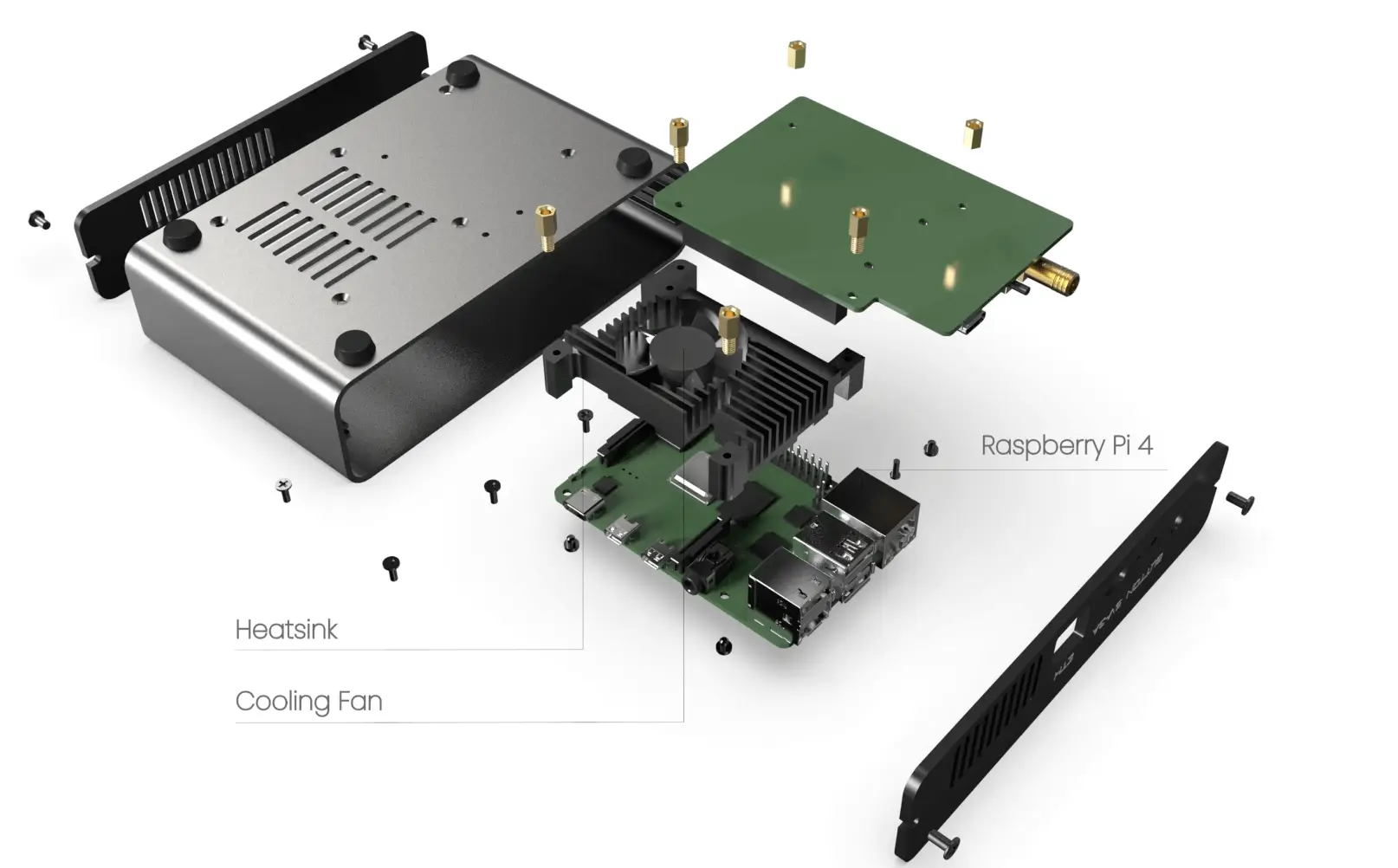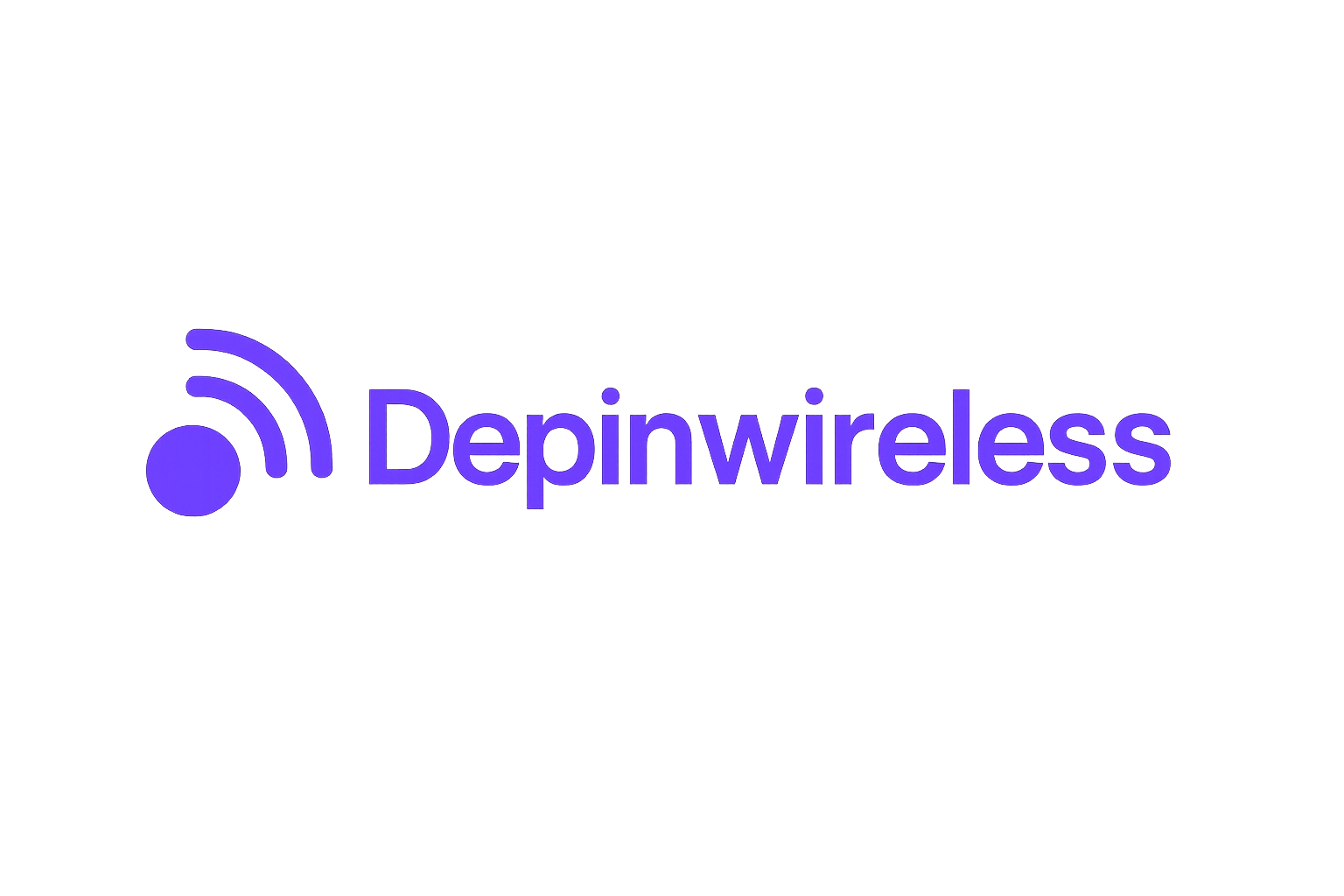
The Helium Network has rapidly emerged as a game-changer for decentralized IoT solutions, blending blockchain technology with wireless infrastructure to create a global, community-powered network. As of November 2025, Helium supports over 1.16 million daily users and continues to expand its footprint, making it one of the most significant players in the decentralized wireless space. With its native token HNT trading at $2.37, the ecosystem remains dynamic and accessible to both tech enthusiasts and investors alike.
How Helium’s LoRaWAN Connectivity Empowers IoT Devices
At the heart of the Helium Network IoT revolution is its use of LoRaWAN, a low-power, long-range wireless protocol specifically designed for connecting Internet of Things (IoT) devices. Unlike traditional cellular networks that are costly and power-hungry, LoRaWAN enables sensors and devices to transmit small packets of data over vast distances using minimal energy. This efficiency opens up new possibilities for city-wide sensor networks, smart agriculture, environmental monitoring, asset tracking, and much more.
What sets Helium apart is its decentralized approach. Anyone can deploy a compatible Hotspot (a small piece of hardware), which acts as both a network node and a miner. These Hotspots provide LoRaWAN coverage in their vicinity, allowing nearby IoT devices to connect seamlessly while earning rewards in IOT tokens for their service. This crowdsourced model not only democratizes wireless infrastructure but also incentivizes rapid network growth without reliance on traditional telecom giants.
The Latest: Network Expansion and Key Partnerships in 2025
The last year has seen explosive growth for Helium’s decentralized wireless ambitions. By mid-2025, daily active users soared past 1.16 million worldwide, a testament to both the reliability and demand for blockchain-powered LoRaWAN connectivity. This surge was fueled by technical upgrades like the introduction of the Helium Packet Router (HPR) and IoT Config Service in April 2025, which enhanced packet routing flexibility while reducing onboarding fees for new Hotspots to just $10 in Data Credits.
Perhaps most notably, telecom giant AT and T joined forces with Helium earlier this year to offload data traffic onto the decentralized network, expanding coverage and validating Helium’s role as a serious backbone for next-gen connectivity. For businesses seeking resilient, low-cost IoT deployments or individuals looking to monetize unused bandwidth by hosting hotspots, this partnership signals mainstream confidence in decentralized networks.
If you want a deeper dive into real-world deployments powered by Helium’s innovative model, check out our feature on decentralized wireless for IoT use cases on the Helium Network.
Strengthening Trust: Proof-of-Coverage Upgrades and Ecosystem Security
A critical component underpinning Helium’s success is its Proof-of-Coverage (PoC) algorithm, a unique mechanism that verifies whether deployed Hotspots are genuinely providing usable coverage rather than gaming rewards through spoofing or collusion. In 2025, ongoing refinements have made PoC smarter and more robust against manipulation by leveraging advanced cryptographic proofs tied directly into blockchain consensus.
This focus on network integrity ensures that businesses relying on mission-critical data, like logistics firms tracking assets or municipalities monitoring air quality, can trust the accuracy and reliability of their connected devices. With lower fees ($1 location assertions) making it easier than ever to join as a hotspot operator, expect even broader coverage as we head toward 2026.
Helium (HNT) Price Prediction 2026-2031
Professional Forecast Based on Network Growth, Adoption, and Market Trends (as of November 2025)
| Year | Minimum Price | Average Price | Maximum Price | Year-on-Year % Change (Avg) | Key Market Scenario |
|---|---|---|---|---|---|
| 2026 | $1.90 | $2.70 | $3.80 | +14% | Post-AT&T partnership integration; network expansion continues, but broader crypto market remains range-bound |
| 2027 | $2.10 | $3.25 | $5.10 | +20% | Bullish cycle begins; increased IoT adoption and more enterprise partnerships |
| 2028 | $2.60 | $3.90 | $6.30 | +20% | Peak adoption in smart cities and industrial IoT; possible regulatory clarity boosts sentiment |
| 2029 | $2.40 | $3.60 | $6.00 | -8% | Market correction phase; competition from other decentralized networks intensifies |
| 2030 | $2.90 | $4.20 | $7.10 | +17% | Renewed bullish momentum as new IoT standards emerge and Helium upgrades network |
| 2031 | $3.30 | $4.85 | $8.50 | +15% | Mature phase; Helium becomes core infrastructure in select sectors, but faces ongoing competition |
Price Prediction Summary
Helium (HNT) is projected to experience steady growth through 2031, driven by continued network expansion, major partnerships (such as AT&T), and rising IoT adoption. While short-term volatility and market corrections are expected, the long-term outlook remains positive, with HNT potentially reaching an average price of $4.85 by 2031 in a scenario of sustained adoption and ecosystem development.
Key Factors Affecting Helium Price
- Continued global expansion of Helium hotspots and daily active users
- Strategic partnerships with telecoms and enterprises (e.g., AT&T in 2025)
- Ongoing technological enhancements (Helium Packet Router, better Proof-of-Coverage)
- Reduced onboarding and participation costs for new IoT Hotspots
- Competition from other decentralized wireless and IoT connectivity protocols
- Overall cryptocurrency market cycles and macroeconomic conditions
- Potential regulatory developments impacting token economics or IoT networks
Disclaimer: Cryptocurrency price predictions are speculative and based on current market analysis.
Actual prices may vary significantly due to market volatility, regulatory changes, and other factors.
Always do your own research before making investment decisions.
For those looking to participate, Helium’s ecosystem is now more accessible than ever. The onboarding fee for new IoT Hotspots sits at just $10 in Data Credits, and the location assertion fee has dropped to $1, lowering the barrier for individuals and small businesses to contribute network coverage. This democratization of wireless infrastructure is a huge step forward compared to the centralized models of legacy telecoms, where network expansion was slow and capital-intensive.

Helium’s unique tokenomics continue to drive participation and innovation. Hotspot operators earn rewards in IOT tokens for providing reliable coverage, while HNT remains the native token that underpins governance and broader ecosystem incentives. As of November 2025, HNT holds steady at $2.37, reflecting both recent volatility and ongoing confidence in the project’s fundamentals.
Real-World Impact: Decentralized Wireless Beyond Hype
The practical impact of Helium’s decentralized wireless model is already visible across industries. From environmental monitoring networks that help cities reduce pollution, to logistics firms tracking assets across borders without relying on expensive roaming agreements, Helium-powered IoT solutions are delivering tangible value. Notably, Helium 5G hotspots are also making waves by bridging LoRaWAN with next-gen cellular connectivity, expanding the use cases far beyond low-data sensors.
Real-World Helium IoT Deployments Around the Globe
-

Smart Parking in Barcelona, Spain: The city uses Libelium sensors connected via the Helium Network to monitor parking spot availability, reducing congestion and emissions.
-

Air Quality Monitoring in Los Angeles, USA: Airly and other sensor providers leverage Helium hotspots to deliver real-time pollution data, empowering citizens and city planners.
-

Wildlife Tracking in South Africa: Conservation groups use LoRaWAN GPS trackers on endangered animals, transmitting location data over Helium to combat poaching.
-

Cold Chain Logistics in the United States: Companies like SenseCAP deploy Helium-connected temperature and humidity sensors to ensure safe pharmaceutical and food transport.
-

Smart Water Metering in London, UK: Utilities utilize LoRaWAN water meters connected via Helium to remotely monitor consumption and detect leaks, saving water and costs.
-

Asset Tracking for E-Bikes in Berlin, Germany: E-bike rental companies use LoRaWAN asset trackers on their fleets, leveraging Helium for cost-effective, city-wide coverage.
-

Environmental Sensors in Tokyo, Japan: LoRaWAN-enabled environmental sensors connected to Helium hotspots monitor temperature, humidity, and air quality in urban parks.
With major enterprises like AT and amp;T now integrating Helium for data offloading, we’re witnessing a shift in how wireless infrastructure is built and operated. This isn’t just about hobbyists running hotspots anymore, it’s a new paradigm where communities own their connectivity backbone while earning rewards for participation.
What’s Next for the Helium Ecosystem?
The roadmap ahead is ambitious but grounded in real progress. Upcoming enhancements to the Helium Packet Router (HPR) promise even more flexible routing options for developers building on top of the network. Meanwhile, ongoing improvements to Proof-of-Coverage algorithms will further strengthen trust in hotspot reliability, crucial as businesses increasingly depend on consistent data streams from mission-critical devices.
If you’re eager to see how blockchain-powered decentralized wireless is transforming urban landscapes and smart city deployments, don’t miss our analysis on Helium 5G networks in smart cities.
The bottom line: As adoption accelerates into 2026, expect Helium’s blend of open participation, robust security, and low-cost connectivity to keep disrupting traditional telecom models, making truly decentralized IoT solutions not just possible but practical worldwide.






